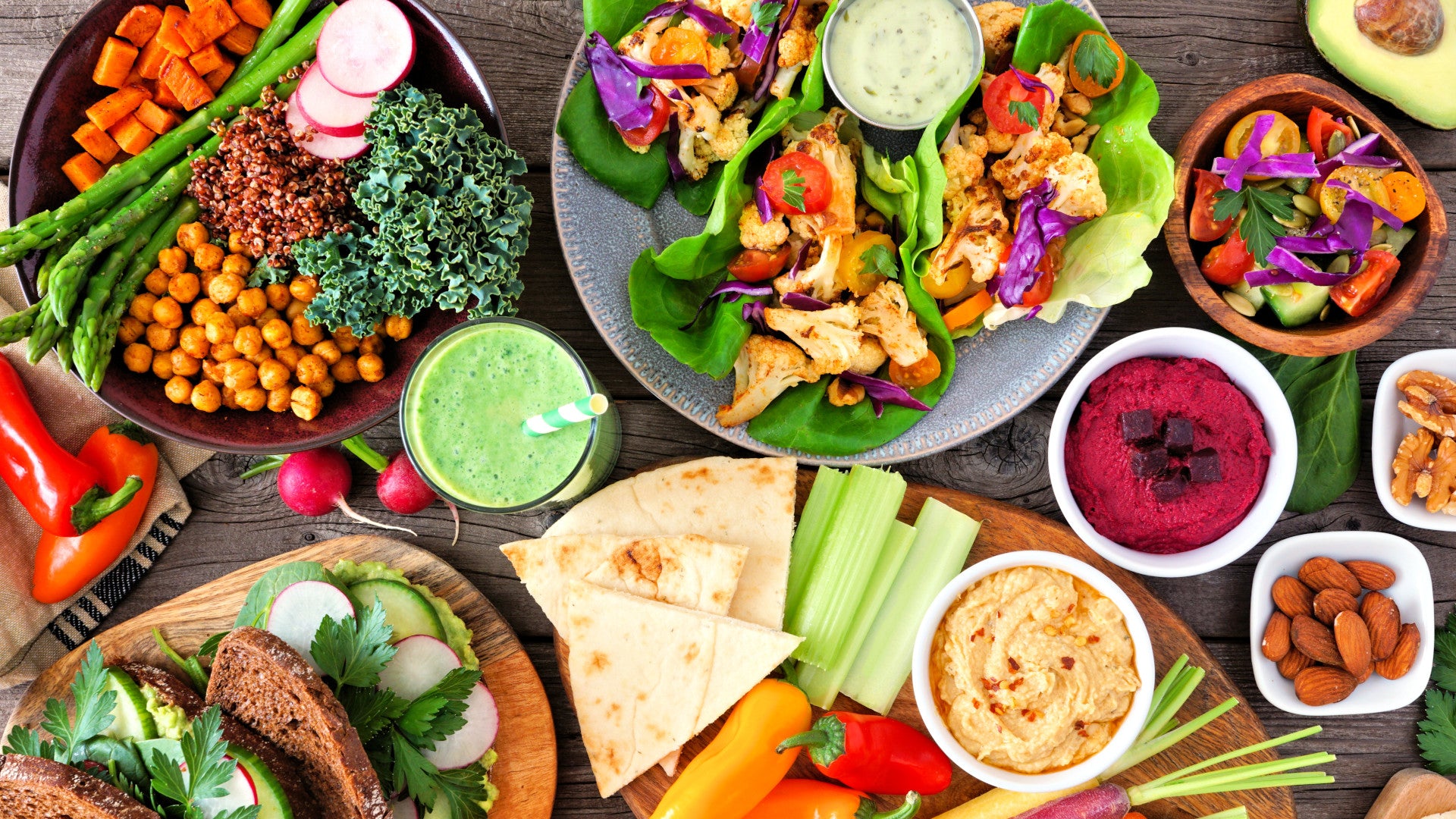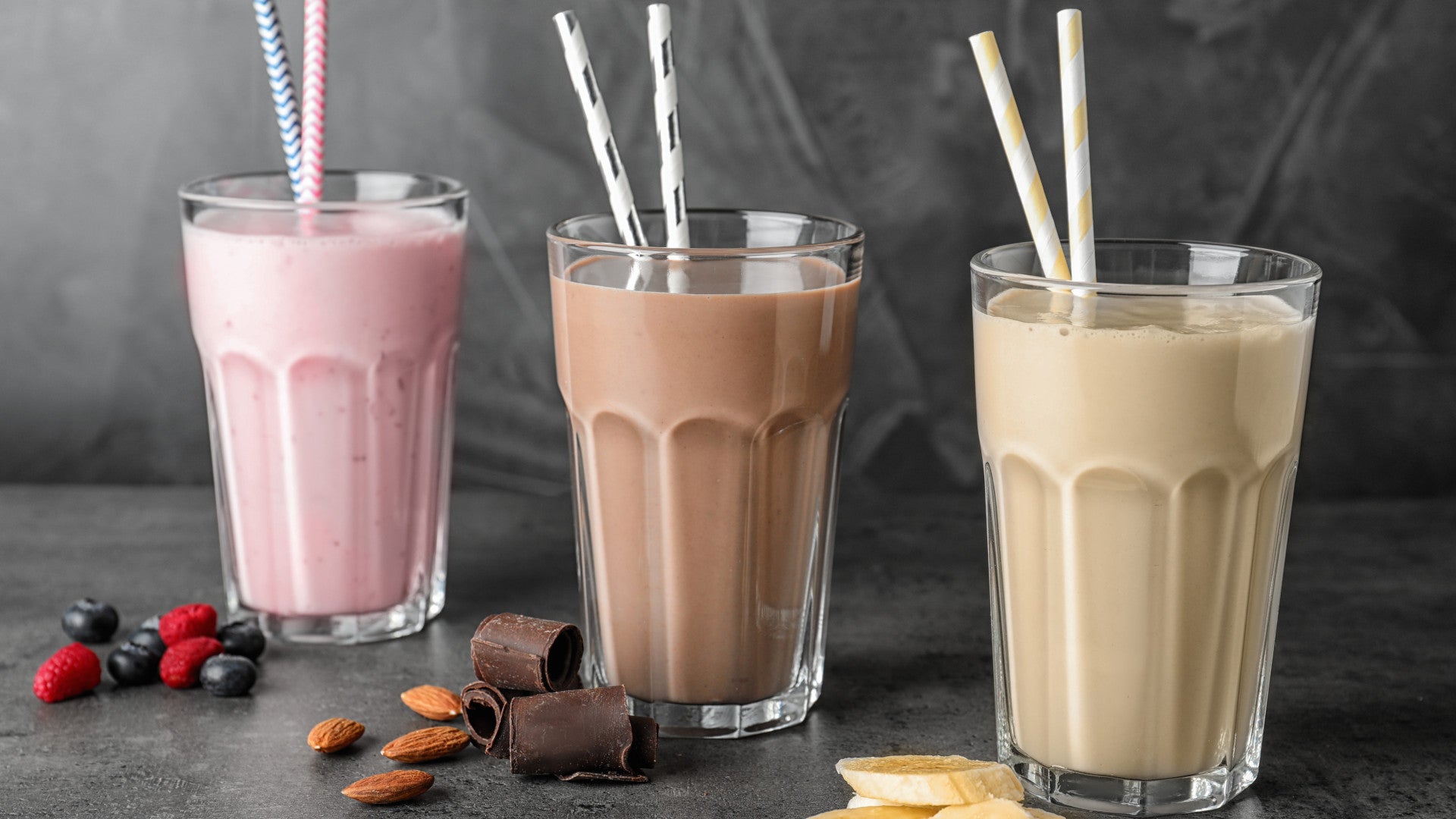The CICO diet is one of the hottest trends at the moment. It’s hugely popular across social media and many people have reported significant weight loss results. But how does it work exactly? And is it really effective? If you’re thinking about trying the CICO diet, then this article contains everything you need to know.
- What is the CICO diet?
- What are the potential benefits of CICO?
- Does this diet really work?
- What are the downsides and risks of CICO?
- How to follow this diet
- Foods to eat on the CICO diet
- Summary
What is the CICO diet?
The term ‘CICO’ is short for ‘calories in, calories out’. It focuses on achieving energy balance since weight gain usually comes from consuming more calories than you burn. Although the idea isn’t particularly new, this concept has been gaining momentum recently. Part of this is due to its simplicity – there are no ‘banned’ foods or macronutrient groups that people need to avoid. It’s a matter of calculating your daily calorie needs and then making food choices that meet them.
For people looking to lose weight, this will involve consuming fewer calories than they burn. It’s widely accepted that this will force the body to burn stored fat as fuel and lead to weight loss. For those who are at the maintenance stage and want to avoid weight gain in the future, it means balancing calories consumed with those that are burned.
What are the potential benefits of CICO?

The CICO diet offers a number of potential benefits beyond those that relate to physical health. Most of us are now aware of the fact that losing weight can reduce our risk of heart disease, stroke, and cancer. But this diet has several other advantages over those that are currently popular…
- Simplicity – because it’s simple to remember and implement, it’s easier to stick with.
- Low Cost – there are no exotic ingredients or speciality foods that need to be purchased which makes it cheaper than other diets.
- Flexibility – you can eat anything you like as long as you stay within the calorie limits which makes it more flexible than most weight loss diets.
- Realism – many people report that they overestimated how much food they really needed before starting the CICO diet so it helps them to understand what’s realistically required.
- Mindset – there are no ‘forbidden’ or ‘banned’ foods which may be beneficial from a mindset perspective since you’re less likely to experience strong cravings.
This type of diet helps people to educate themselves about their own needs. People start paying closer attention to calories in foods and the amount of activity they do. This arms them with the knowledge they need to make food and lifestyle changes that are right for their specific situation.
Does this diet really work?
There are plenty of anecdotal reports of significant CICO weight loss. A quick search of social media will reveal numerous claims along with impressive before and after photos. But it can be hard to know whether these are truly genuine so what does the scientific research say? Is it really an effective approach and does it get results long-term?
There is a huge amount of research to support calorie-restriction as a weight loss tool. One large-scale review of 37 weight loss studies found that calorie-counting is associated with significantly greater weight loss than other approaches. It looked at the results of research trials involving over 16,000 people on weight management programs. The results showed that counting calories was by far the most effective strategy. People lost an average of 3.3 kg (just over 7lbs) compared with 1.5kg (3.3lbs) working with a dietician and none when doing supervised physical activity sessions.
However, that doesn’t mean that it’s 100% effective. The CICO diet can also have downsides when approached in the wrong way. Some of the perceived benefits such as flexibility can actually make it harder to stick with for some people. It may not be suitable for everyone so it’s important to look at the disadvantages too.
What are the downsides and risks of CICO?
The main downside of the CICO diet is that it can be used as a license to eat unhealthily. By focusing purely on calories, people can justify eating junk food all day as long as they stay under their calorie limit. But not all calories are created equal. A calorie from fresh orange juice is a lot more nutritious than a calorie from alcohol. Ten calories from broccoli will contain vitamins, minerals, and fiber that the same number of cookie calories won’t supply.
Here is an overview of the main downsides and risks related to the CICO approach…
- Ignores nutrient density– the importance of macronutrients (carbohydrate, fat, protein) and micronutrients (vitamins, minerals, fiber) are overlooked.
- Oversimplifies weight loss – doesn’t account for other factors such as stress, lack of sleep, hormone levels, or genetics.
- Hard to sustain long-term – as it doesn’t necessarily build healthy habits and people often forget to adjust their calorie intake as they lose weight (and therefore need less energy).
- May slow the metabolism – if the body thinks it’s starving, it’ll slow the metabolism so that it burns fewer calories at rest (which is often when people experience a ).
- Can lead to disordered eating – fixating on calories can be a slippery slope towards unhealthy disordered eating
If you’re going to try the CICO diet for yourself, then it’s important to bear these things in mind. There are practical steps you can take to avoid most of them and give yourself the best chance of success. However, if you’re someone who has experienced an eating disorder in the past then this is probably a diet approach to avoid. Get help here if you’re worried about disordered eating.
How to follow this diet

If you decide to follow the CICO diet then do it in a healthy way. Don’t get all your calories from processed foods like chips, cookies, and fast food. Instead, eat a balance of fruit, vegetables, healthy carbohydrates, lean protein, and fat. This will fuel your body with the right mix of nutrients it needs to function at its best while still losing weight.
Start by calculating the calories you need to consume each day. You can do this using our step-by-step guide, an online calculator, or mobile app. Whichever option you choose, ensure that it factors in your activity levels. People who have desk jobs and don’t do much exercise will need fewer calories than someone with different activity habits. So, it’s crucial that your calculations allow for your own lifestyle.
Next, work out how many calories this equates to per meal. Dividing it by 3 is a simple approach but most of us eat more for dinner than breakfast so use your own initiative. Don’t forget to allow for snacks too as these can quickly throw off your calorie intake if they aren’t planned in advance.
Once you have some tailored calorie guidelines, research healthy recipes that will meet your requirements. Start paying attention to food labels so that you know exactly how many calories are contained in your favorite foods. This part is often the most eye-opening for people on the CICO diet since many of us aren’t sure exactly how many calories foods contain.
Track your calorie intake and expenditure on a daily basis. There are lots of mobile apps that make this super-simple to do. Some even allow you to snap photos of your meals which can help with portion sizing. Include any physical activity you do such as walking to work or dedicated gym sessions. You’ll quickly get to know how many calories you’re burning in comparison to what you’re eating. If your goal is to lose weight, then aim for a 250-500 calorie deficit each day. However, if you just want to maintain your current weight without gaining anything, then try to balance intake with expenditure.
It’s also important to take steps to mitigate against the potential downsides. Recalculating your calorie needs every 2-4 weeks will make the approach more effective long-term. Taking a metabolism-boosting supplement like PhenQ can also help to prevent the slowdown and ensure you keep burning sufficient calories to continue losing weight.
Foods to eat on the CICO diet
What many people love about this diet is that you can eat anything, as long as you stay within your calorie requirements. However, for it to be truly healthy and effective long-term, it’s best to consume a balanced diet. This means filling up on nutritious veggies, fresh fruit, complex carbs, lean protein, and healthy fats.
There is no fixed CICO diet plan that you need to follow – you can personalize it to your own preferences. Eat foods that will fuel you with nutrients and keep you feeling satisfied so that you aren’t tempted by unhealthy alternatives. Good foods to eat include…
- Vegetables – it doesn’t matter if they’re leafy, cruciferous, or starchy.
- Fruits – fresh or frozen are usually better than tinned.
- Fish – oily fish like mackerel and sardines are great sources of healthy fats.
- Lean protein – chicken, turkey, tofu and tempeh are all good options.
- Beans and legumes – chickpeas, lentils, kidney beans, and black beans are filling and nutritious.
- Carbohydrates – oats, rice, quinoa, brown pasta, and the potato will provide energy and keep you satisfied.
Unlike other more restrictive diets, CICO allows you to combine different macronutrients into single meals. This means that it’s perfectly fine to eat carbs, protein, and fat at the same time. Examples of healthy dishes that you can eat on a CICO diet are…
- Smashed avocado and poached egg on wholegrain toast
- Rainbow salad with quinoa and chicken
- Butter bean and spinach curry with rice<
- Spaghetti bolognese made with lean turkey mince and vegetables
- Tofu stir fry with vegetables and brown rice noodles
These are just a few ideas but you really have a lot of freedom when it comes to healthy CICO recipes. You’ll just need to calculate the calories per serving so that you know how much you’re consuming.
Summary
The CICO diet can be a simple and effective way to lose weight. It focuses on tracking ‘calories in and calories out’ with a negative energy balance leading to weight loss. The benefits include its simplicity, flexibility, and cost-effectiveness. However, it can oversimplify nutrition and doesn’t account for the importance of varied macronutrients, vitamins, and minerals. This means it’s important to approach it in a healthy and balanced way.




